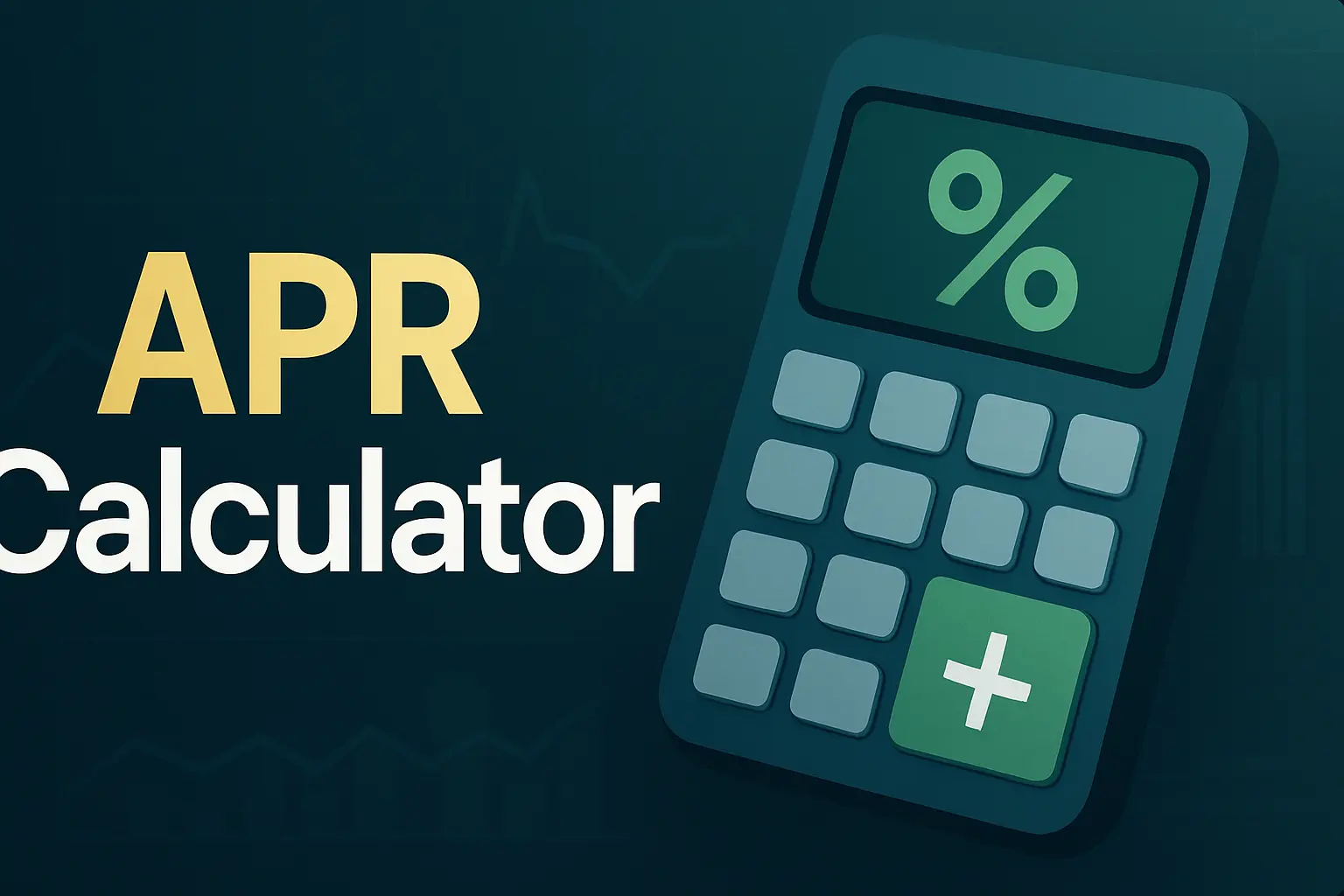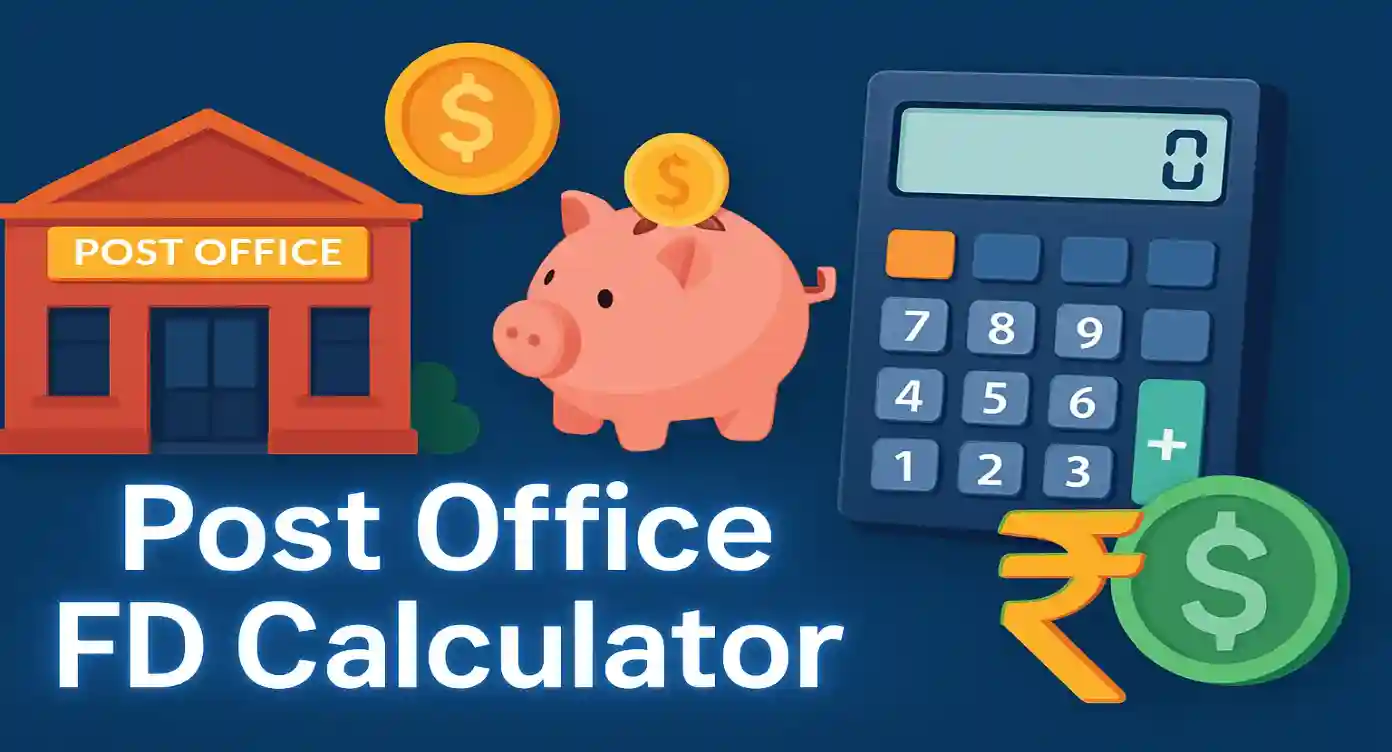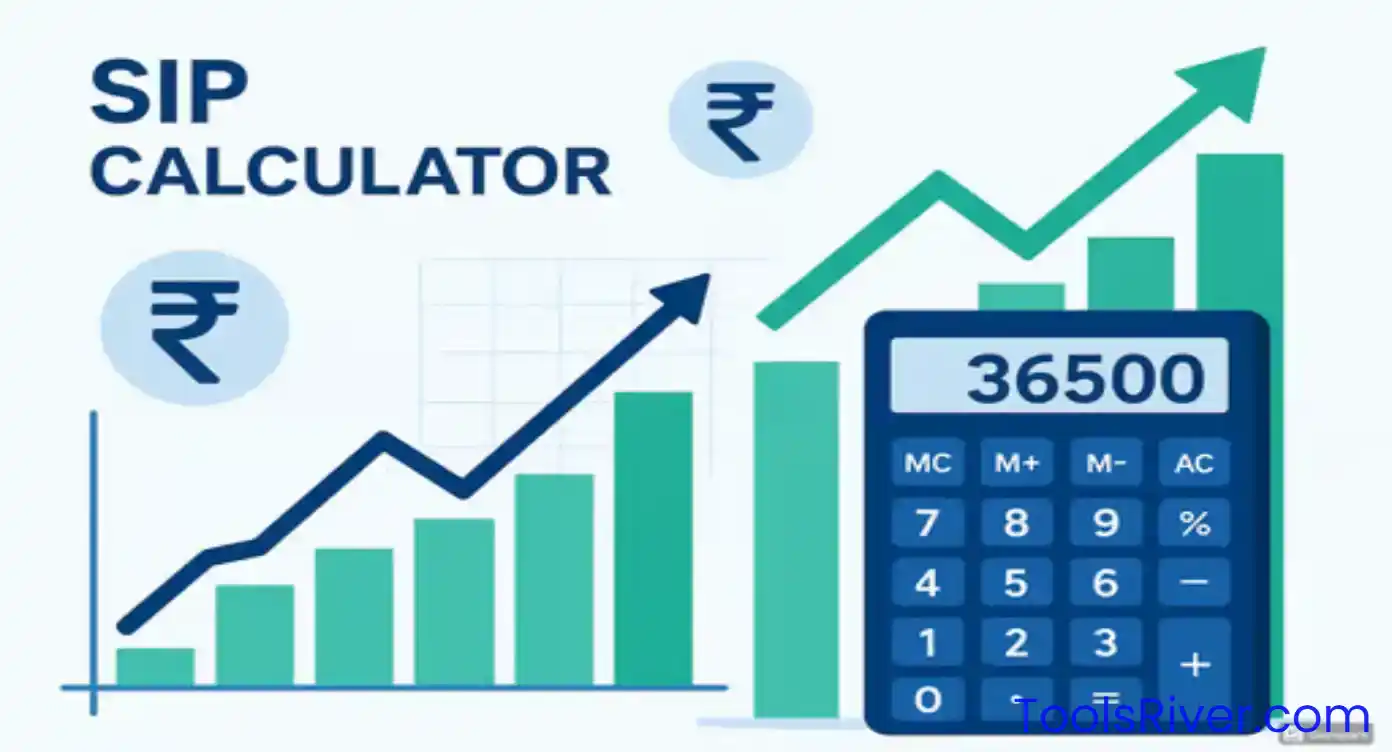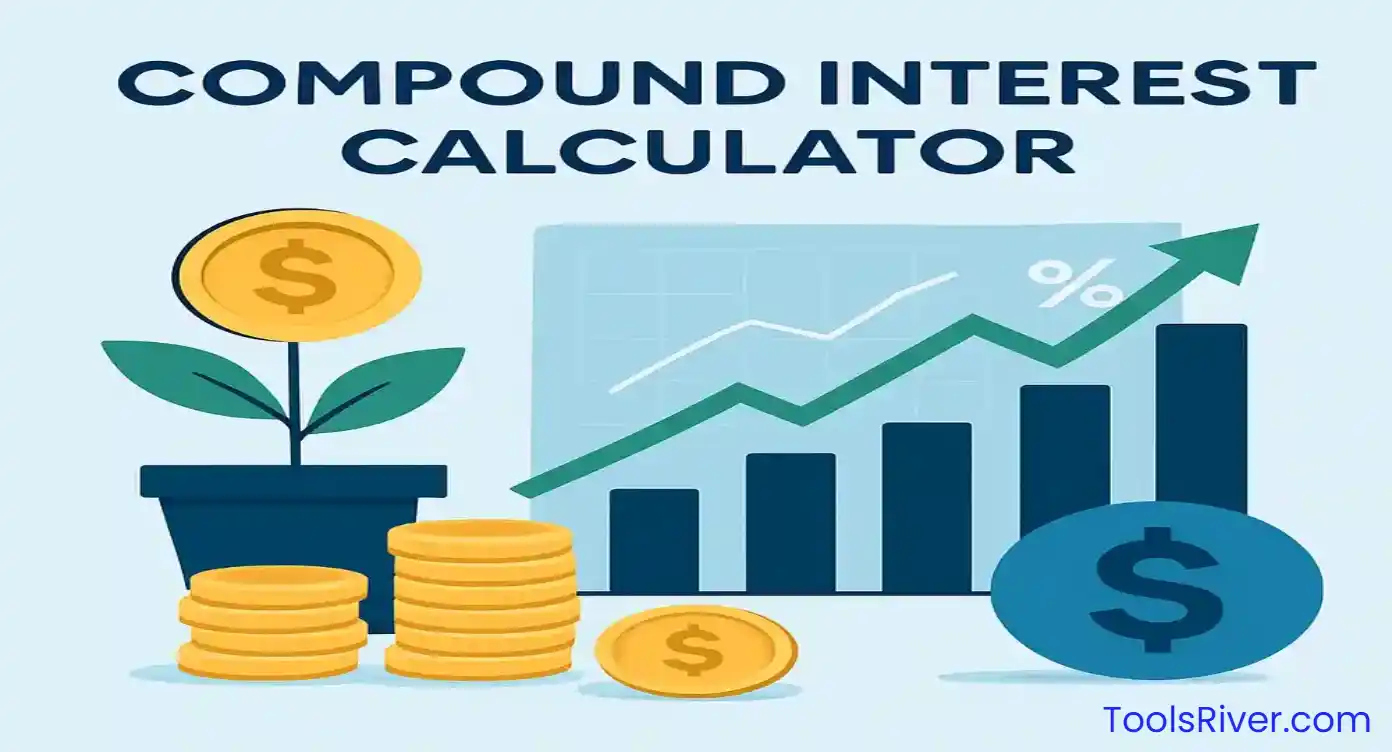💰 Ecommerce Profit Margin Calculator
Calculate your online business profits instantly with our smart, user-friendly calculator. Get live results, smart suggestions, and downloadable reports - no technical knowledge required!
Enter Your Business Details
💡 Smart Suggestions:
Your Profit Analysis
💼 Cost Breakdown:
Understanding Ecommerce Profit Margins: The Complete Guide
Profit margin is the heartbeat of your ecommerce business - it's the difference between thriving and merely surviving in the competitive online marketplace. Understanding profit margins isn't just about knowing how much money you make; it's about making informed decisions that can transform your business from a hobby into a sustainable, profitable venture.
💡 Why Profit Margins Matter More Than Ever
In today's ecommerce landscape, where customer acquisition costs are rising and competition is fierce, maintaining healthy profit margins is crucial for long-term success. A business with a 20% profit margin is significantly more resilient than one operating at 5%, especially during economic downturns or unexpected costs.
The beauty of ecommerce lies in its scalability, but this advantage only materializes when you have robust profit margins. Every dollar of profit you generate is a dollar that can be reinvested into growth, whether through marketing, inventory expansion, or business improvements. Without adequate margins, you're essentially running a charity, not a business.
The Psychology of Profit Margin Calculation
Many new ecommerce entrepreneurs make the critical mistake of focusing solely on revenue while ignoring profit margins. This tunnel vision can lead to business decisions that increase sales volume but decrease overall profitability. Understanding profit margins helps you think like a business owner rather than just a seller.
✅ Healthy Profit Margin Benefits
- • Financial cushion for unexpected costs
- • Ability to invest in growth opportunities
- • Competitive pricing flexibility
- • Sustainable business operations
- • Stress-free business management
❌ Poor Profit Margin Consequences
- • Constant financial pressure
- • Limited growth opportunities
- • Vulnerability to cost increases
- • Inability to compete effectively
- • Business failure risk
Profit Margin Calculation Methods Explained Simply
Calculating profit margins doesn't require a degree in accounting or complex mathematical formulas. Our profit margin calculator simplifies this process, but understanding the underlying calculations empowers you to make better business decisions and spot opportunities for improvement.
The Simple Profit Margin Formula
Basic Profit Margin Calculation
Let's break this down with a real-world example that every ecommerce seller can relate to. Imagine you're selling a popular phone case that you source from a supplier. Here's how the calculation works:
📱 Real Example: Phone Case Business
Selling Price: $25.00
Item Cost: $8.00 (what you paid the supplier)
Shipping Cost: $3.00 (to customer)
Platform Fee: 10% of $25 = $2.50
Extra Costs: $1.50 (packaging, labels)
Total Costs: $8.00 + $3.00 + $2.50 + $1.50 = $15.00
Profit: $25.00 - $15.00 = $10.00
Profit Margin: ($10.00 / $25.00) × 100 = 40%
Understanding Different Cost Components
Accurate profit margin calculation requires understanding all cost components that impact your bottom line. Many ecommerce sellers underestimate their true costs, leading to inflated profit margin calculations and poor business decisions.
🛍️ Direct Product Costs
- • Wholesale/supplier cost
- • Manufacturing costs
- • Import duties/taxes
- • Quality control expenses
📦 Fulfillment Costs
- • Shipping to customer
- • Packaging materials
- • Warehouse storage
- • Handling fees
💳 Platform & Payment Costs
- • Marketplace fees
- • Payment processing
- • Transaction fees
- • Advertising costs
Break-Even Analysis for Smart Pricing
Break-even analysis is crucial for determining the minimum price you need to charge to cover all costs. This information is invaluable when negotiating with suppliers, setting promotional prices, or evaluating new product opportunities.
🎯 Break-Even Price Formula
This formula accounts for platform fees that are calculated as a percentage of your selling price, ensuring you know the absolute minimum price to avoid losses.
Profit Optimization Strategies That Actually Work
Optimizing profit margins is both an art and a science. It requires a strategic approach that balances customer satisfaction, competitive positioning, and financial sustainability. The most successful ecommerce businesses continuously optimize their profit margins through systematic approaches rather than random price adjustments.
Cost Reduction Strategies
The fastest way to improve profit margins is often through cost reduction rather than price increases. Smart cost management can dramatically impact your bottom line without affecting customer perception or demand for your products.
🤝 Supplier Negotiation Tactics
- • Volume Commitments: Negotiate better prices for larger order quantities
- • Payment Terms: Offer faster payment for discount rates
- • Multiple Suppliers: Create competition to drive down costs
- • Long-term Contracts: Secure stable pricing with annual agreements
- • Seasonal Negotiations: Time discussions during supplier's slow periods
📦 Shipping Optimization
- • Dimensional Weight: Optimize packaging to reduce shipping costs
- • Carrier Negotiation: Negotiate rates with multiple shipping providers
- • Zone Skipping: Use regional fulfillment centers
- • Bulk Shipping: Combine orders when possible
- • Alternative Carriers: Consider regional carriers for cost savings
🏪 Platform Fee Management
- • Multi-channel Strategy: Diversify across platforms with different fee structures
- • Direct Sales: Drive traffic to your own website
- • Fee Optimization: Understand each platform's fee structure completely
- • Category Selection: Some categories have lower fees
- • Volume Discounts: Achieve higher seller tiers for reduced fees
⚡ Operational Efficiency
- • Automation Tools: Reduce manual processing time
- • Inventory Management: Reduce storage costs and carrying costs
- • Returns Processing: Streamline returns to minimize costs
- • Quality Control: Reduce defect rates and returns
- • Process Standardization: Create consistent, efficient workflows
Revenue Enhancement Strategies
While cost reduction is important, revenue enhancement strategies can have an even greater impact on profit margins. These strategies focus on increasing the value you provide to customers, justifying higher prices and improving overall profitability.
🎯 Value-Based Pricing Strategy
Instead of competing solely on price, focus on the unique value your products provide. Customers will pay premium prices for products that solve their problems effectively or provide superior experiences.
- • Product Bundling: Create packages that increase average order value
- • Premium Versions: Offer enhanced versions at higher margins
- • Add-on Services: Provide additional services for extra revenue
- • Exclusive Features: Develop unique selling propositions
Advanced Margin Optimization Techniques
📊 Dynamic Pricing
Adjust prices based on market demand, competitor pricing, and inventory levels to maximize profitability.
- • Real-time competitor monitoring
- • Demand-based price adjustments
- • Seasonal pricing strategies
- • Inventory-level pricing
🔄 Customer Lifetime Value
Focus on long-term customer relationships rather than single transaction profits.
- • Repeat customer incentives
- • Subscription model implementation
- • Cross-selling opportunities
- • Customer retention programs
🎨 Product Differentiation
Create unique products or experiences that command higher margins.
- • Custom product options
- • Branded packaging experience
- • Exclusive designs or features
- • Superior customer service
Ecommerce Platform Fee Comparison and Impact on Profits
Choosing the right ecommerce platform can make or break your profit margins. Each platform has different fee structures, and understanding these differences is crucial for maximizing profitability. Our comparison covers the major platforms and their impact on your bottom line.
Major Platform Fee Structures
| Platform | Referral Fee | Additional Fees | Best For |
|---|---|---|---|
| Amazon | 6-45% (varies by category) | FBA fees, monthly storage | High-volume sellers |
| eBay | 2-15% (most 10-12%) | PayPal fees, listing upgrades | Auction-style selling |
| Etsy | 6.5% + 3% payment | Listing fees, ads | Handmade/vintage items |
| Shopify | 0% (own website) | $29+ monthly, payment processing | Brand building |
| Walmart | 6-20% (category dependent) | Setup fees, WFS fees | Competing with Amazon |
Hidden Costs That Impact Your Margins
Platform fees are just the tip of the iceberg. Many sellers focus solely on referral fees while overlooking other costs that can significantly impact profitability. Understanding these hidden costs is essential for accurate margin calculations and platform selection.
🚨 Often Overlooked Costs
Storage and Fulfillment Fees
Monthly storage, long-term storage, fulfillment fees
Return Processing Costs
Return shipping, restocking fees, damaged inventory
Advertising and Marketing
PPC campaigns, sponsored products, promotional fees
✅ Cost Optimization Tips
Track All Metrics
Monitor total cost of goods sold including all platform fees
Multi-Platform Strategy
Diversify to reduce dependency on high-fee platforms
Regular Margin Analysis
Monthly reviews of true profit margins by platform
Platform Selection Strategy for Maximum Profits
The best platform for your business depends on your product type, target audience, sales volume, and profit margin goals. Many successful sellers use a multi-platform approach to maximize reach while optimizing costs.
🎯 Platform Selection Framework
Research Phase
Analyze competition, pricing, and customer behavior on each platform
Calculate Phase
Use our calculator to determine true profit margins on each platform
Optimize Phase
Continuously monitor and adjust strategy based on performance data
Advanced Profit Margin Strategies for Serious Sellers
Beyond basic profit calculations, successful ecommerce businesses employ sophisticated strategies to maximize profitability. These advanced techniques separate thriving businesses from those that struggle to maintain sustainable growth in competitive markets.
Psychological Pricing and Consumer Behavior
Understanding consumer psychology can significantly impact your profit margins without changing your actual costs. Strategic pricing based on psychological principles can increase perceived value and justify higher margins.
🧠 Psychological Pricing Techniques
- Charm Pricing: $19.99 vs $20.00 - increases conversion rates
- Anchoring: Show premium options first to make standard prices seem reasonable
- Bundle Pricing: Combine products to increase average order value
📊 Value Perception Strategies
- Premium Packaging: Justify higher prices with superior unboxing experience
- Scarcity Marketing: Limited quantities or time-sensitive offers
- Social Proof: Reviews and testimonials supporting premium pricing
Data-Driven Margin Optimization
Successful ecommerce businesses rely on data rather than intuition for margin optimization. By analyzing customer behavior, market trends, and financial metrics, you can make informed decisions that consistently improve profitability.
📈 Key Metrics to Track
- • Customer Acquisition Cost (CAC)
- • Customer Lifetime Value (CLV)
- • Average Order Value (AOV)
- • Return on Ad Spend (ROAS)
- • Inventory Turnover Rate
- • Product Performance by Channel
- • Seasonal Demand Patterns
- • Competitor Pricing Analysis
Inventory Management for Profit Optimization
Effective inventory management directly impacts profit margins through reduced storage costs, minimized stockouts, and optimized cash flow. Advanced inventory strategies can significantly improve overall business profitability.
🎯 ABC Analysis
Categorize products by profitability and sales volume to focus resources on high-impact items.
- • A items: High profit, high volume
- • B items: Medium profit/volume
- • C items: Low profit, low volume
⏰ Just-in-Time (JIT)
Minimize inventory holding costs while maintaining adequate stock levels.
- • Reduced storage costs
- • Better cash flow
- • Lower risk of obsolescence
📊 Demand Forecasting
Use historical data and market trends to predict future demand accurately.
- • Seasonal trend analysis
- • Market condition factors
- • Promotional impact modeling
Common Profit Margin Mistakes That Kill Your Business
Even experienced ecommerce sellers make critical mistakes when calculating and optimizing profit margins. These errors can slowly drain your business profitability or lead to catastrophic financial decisions. Understanding and avoiding these pitfalls is essential for long-term success.
The Hidden Cost Trap
The most dangerous mistake in profit margin calculation is underestimating or completely ignoring hidden costs. Many sellers focus only on product cost and selling price, missing numerous expenses that significantly impact true profitability.
❌ Commonly Missed Costs
Payment Processing Fees
2.9% + $0.30 per transaction can add up quickly
Storage and Handling
Monthly storage fees, especially for slow-moving inventory
Software and Tools
Analytics, inventory management, automation tools
Labor and Virtual Assistant Costs
Customer service, order processing, content creation
✅ Cost Tracking Solutions
Comprehensive Tracking
Track every expense, no matter how small
Regular Reviews
Monthly analysis of all costs and their trends
True Cost Calculation
Include all costs in margin calculations
Performance Monitoring
Track cost trends and identify increases early
The Race to the Bottom Pricing Error
Many sellers believe that the lowest price always wins, leading to destructive price wars that eliminate profit margins. This race to the bottom mentality is one of the fastest ways to destroy a profitable ecommerce business.
🎯 Value Over Price Strategy
Instead of competing solely on price, focus on providing unique value that justifies premium pricing. Customers are willing to pay more for better service, quality, and experience.
Value Differentiators:
- • Superior customer service
- • Faster shipping times
- • Better product quality
- • Comprehensive warranties
- • Educational content and support
Premium Positioning Benefits:
- • Higher profit margins
- • Less price-sensitive customers
- • Sustainable competitive advantage
- • Brand loyalty development
- • Better cash flow stability
Ignoring Seasonal and Market Fluctuations
Static pricing strategies that ignore market dynamics and seasonal patterns lead to missed opportunities and reduced profitability. Successful sellers adapt their margins based on market conditions, demand patterns, and competitive landscapes.
📅 Seasonal Optimization
- • Holiday pricing strategies
- • Off-season inventory clearance
- • Peak demand capitalization
- • Seasonal cost adjustments
🌊 Market Adaptation
- • Economic condition responses
- • Competitor price monitoring
- • Demand elasticity analysis
- • Market trend anticipation
🔄 Dynamic Strategies
- • Real-time margin adjustments
- • Inventory-based pricing
- • Performance-driven optimization
- • Automated pricing rules
Ecommerce Profit Margin Benchmarks by Industry
Understanding industry-specific profit margin benchmarks helps you set realistic expectations and identify opportunities for improvement. Different product categories have vastly different margin structures based on factors like competition, barriers to entry, and customer behavior.
Average Profit Margins by Product Category
| Product Category | Typical Margin Range | Top Performers | Key Success Factors |
|---|---|---|---|
| Fashion & Apparel | 40-60% | 60-80% | Brand building, seasonal trends |
| Electronics | 5-20% | 25-35% | Volume sales, efficiency |
| Home & Garden | 25-45% | 45-65% | Seasonal optimization, quality |
| Health & Beauty | 35-55% | 55-75% | Premium positioning, results |
| Sports & Outdoors | 30-50% | 50-70% | Specialized products, expertise |
| Books & Media | 15-35% | 35-50% | Niche markets, rare items |
Factors Affecting Industry Profit Margins
Profit margins vary significantly within industries based on several key factors. Understanding these variables helps you position your business for optimal profitability within your chosen market segment.
🎯 Market Position
- Premium Brands: 60-80% margins
- Mid-Market: 30-50% margins
- Budget/Generic: 10-30% margins
- Commodity: 5-15% margins
📊 Competition Level
- Low Competition: Higher margins possible
- High Competition: Margin pressure
- Differentiated: Sustainable margins
- Commoditized: Razor-thin margins
🔄 Product Lifecycle
- Innovation Stage: Premium margins
- Growth Stage: Strong margins
- Maturity Stage: Competitive margins
- Decline Stage: Clearance margins
🎯 Benchmark Achievement Strategies
Reaching Industry Average:
- • Optimize all cost components
- • Implement efficient operations
- • Choose appropriate platforms
- • Monitor competitor pricing
- • Focus on operational excellence
Exceeding Top Performers:
- • Develop unique value propositions
- • Build strong brand recognition
- • Create customer loyalty programs
- • Innovate in product or service
- • Master premium positioning
Essential Tools and Resources for Profit Optimization
Successful ecommerce businesses leverage various tools and resources to monitor, analyze, and optimize their profit margins. The right combination of tools can automate calculations, provide insights, and help you make data-driven decisions that improve profitability.
Financial Analysis and Tracking Tools
Accurate financial tracking is the foundation of effective profit margin management. Modern tools can automate data collection, provide real-time insights, and help you identify trends that impact profitability.
📊 Analytics Platforms
Google Analytics 4
Track conversion rates, customer behavior, and revenue attribution
Shopify Analytics
Built-in reporting for Shopify stores with profit insights
Amazon Seller Central
Detailed cost breakdown and profitability reports
💰 Profit Tracking Software
QuickBooks Online
Comprehensive accounting with ecommerce integrations
TaxJar
Sales tax automation with profitability reporting
Xero
Cloud-based accounting with real-time profit insights
Inventory and Cost Management Systems
Effective inventory management directly impacts profit margins through optimized stock levels, reduced carrying costs, and improved cash flow. Modern inventory systems provide the visibility needed for informed decision-making.
📦 Inventory Management
- TradeGecko (now QuickBooks Commerce) - Multi-channel inventory
- Cin7 - Comprehensive inventory and order management
- Skubana - Operations management platform
- inFlow Inventory - Small business focused
💸 Cost Tracking
- FreshBooks - Expense tracking and invoicing
- Expensify - Automated expense management
- Wave Accounting - Free accounting software
- Zoho Books - Integrated business suite
📈 Business Intelligence
- Tableau - Advanced data visualization
- Microsoft Power BI - Business analytics
- Looker - Data platform and analytics
- Klipfolio - Dashboard and reporting
Competitive Intelligence and Market Research
Understanding your competitive landscape and market dynamics is crucial for maintaining optimal profit margins. These tools help you monitor competitor pricing, track market trends, and identify opportunities for margin improvement.
🔍 Market Intelligence Tools
Pricing Intelligence:
- • Prisync: Automated competitor price monitoring
- • Price2Spy: Price tracking and notifications
- • Minderest: E-commerce price intelligence
- • Competera: AI-powered pricing optimization
Market Research:
- • SEMrush: Competitive analysis and trends
- • SimilarWeb: Website traffic and behavior
- • Jungle Scout: Amazon product research
- • Helium 10: Amazon seller toolkit
📚 Educational Resources
- • Seller Central Learning Console - Amazon's official training
- • Shopify Academy - Free ecommerce courses
- • BigCommerce University - Comprehensive learning platform
- • eBay Seller Hub - Selling guides and best practices
- • Google Skillshop - Digital marketing certification
🤝 Community Resources
- • Reddit Communities - r/FulfillmentByAmazon, r/ecommerce
- • Facebook Groups - Seller-focused communities
- • Discord Channels - Real-time seller discussions
- • LinkedIn Groups - Professional networking
- • Industry Conferences - Networking and learning events
Frequently Asked Questions About Ecommerce Profit Margins
❓ What is considered a good profit margin for ecommerce?
A good ecommerce profit margin typically ranges from 20-40%, depending on your industry and business model. Fashion and luxury items often achieve 40-60% margins, while electronics may operate successfully at 10-20%. The key is ensuring your margins cover all costs while providing sufficient funds for growth and unexpected expenses. Focus on sustainable margins rather than maximizing short-term profits.
❓ How do I calculate my true profit margin including all fees?
To calculate your true profit margin, subtract all costs from your selling price, then divide by the selling price and multiply by 100. Include product cost, shipping, platform fees, payment processing, packaging, storage, advertising, and any other expenses. Use our calculator above to automatically account for all these factors. Many sellers underestimate their true costs, leading to inflated profit calculations.
❓ Should I compete on price or focus on higher margins?
Focus on value rather than competing solely on price. Price wars erode margins for everyone involved and create unsustainable businesses. Instead, differentiate through quality, service, packaging, or unique features that justify premium pricing. Building brand loyalty and providing exceptional value allows you to maintain healthy margins while growing sustainably.
❓ How often should I review and adjust my profit margins?
Review your profit margins monthly and adjust quarterly or when significant cost changes occur. Monitor competitor pricing, platform fee changes, and supplier costs regularly. Set up automated alerts for major cost increases and track margin trends over time. Seasonal businesses may need more frequent adjustments to optimize for demand patterns and competition levels.
❓ What's the difference between gross and net profit margin?
Gross profit margin considers only the direct cost of goods sold (product cost), while net profit margin includes all business expenses like platform fees, shipping, marketing, and operational costs. Net profit margin gives you the true picture of your business profitability and is what you should focus on for decision-making. Many sellers make the mistake of only calculating gross margins.
❓ How can I improve my profit margins without raising prices?
Improve margins through cost reduction: negotiate better supplier terms, optimize shipping methods, reduce packaging costs, choose platforms with lower fees, and improve operational efficiency. Also consider product bundling to increase average order value, reducing returns through better quality control, and automating processes to reduce labor costs. Sometimes small improvements in multiple areas create significant margin gains.
❓ Are there hidden costs I might be missing in my calculations?
Common missed costs include payment processing fees (2.9% + $0.30 per transaction), monthly platform subscriptions, storage fees, return processing costs, customer service time, software tools, professional services (accounting, legal), and the cost of your own time. Also consider currency conversion fees for international suppliers, customs duties, insurance, and marketing expenses that directly relate to specific products.
❓ How do seasonal fluctuations affect profit margins?
Seasonal demand changes can significantly impact margins through pricing power variations, storage cost fluctuations, and competitive dynamics. During peak seasons, you may command higher margins due to increased demand, while off-seasons might require margin compression to move inventory. Plan for these fluctuations by adjusting inventory levels, implementing seasonal pricing strategies, and diversifying your product mix to balance seasonal impacts.
❓ What profit margin should I target for new products?
For new products, target margins 10-20% higher than your minimum acceptable margin to account for unknown costs and market testing. This buffer allows for price adjustments, unexpected expenses, and competitive responses. Start with higher margins and adjust downward if necessary, rather than starting too low and struggling to increase prices later. Factor in the cost of market education and customer acquisition for truly new products.
❓ How do different sales channels affect my profit margins?
Each sales channel has different cost structures that impact margins. Amazon FBA provides convenience but charges 15-45% in total fees. Your own website eliminates platform fees but requires marketing investment. eBay offers lower fees but may require more customer service. Wholesale channels offer volume but lower margins. Diversify across channels and calculate true margins for each to optimize your channel mix for profitability.
🚀 Start Optimizing Your Ecommerce Profits Today
Mastering profit margin calculation and optimization is crucial for ecommerce success. Use our free calculator to analyze your current margins, implement the strategies discussed, and watch your business profitability soar.
- Calculate true profit margins instantly
- Get smart suggestions for optimization
- Download detailed profit reports
- Make data-driven business decisions
Ready to Maximize Your Profits?
Join thousands of successful ecommerce sellers who use our tools to optimize their business profitability.
Use Calculator Now











